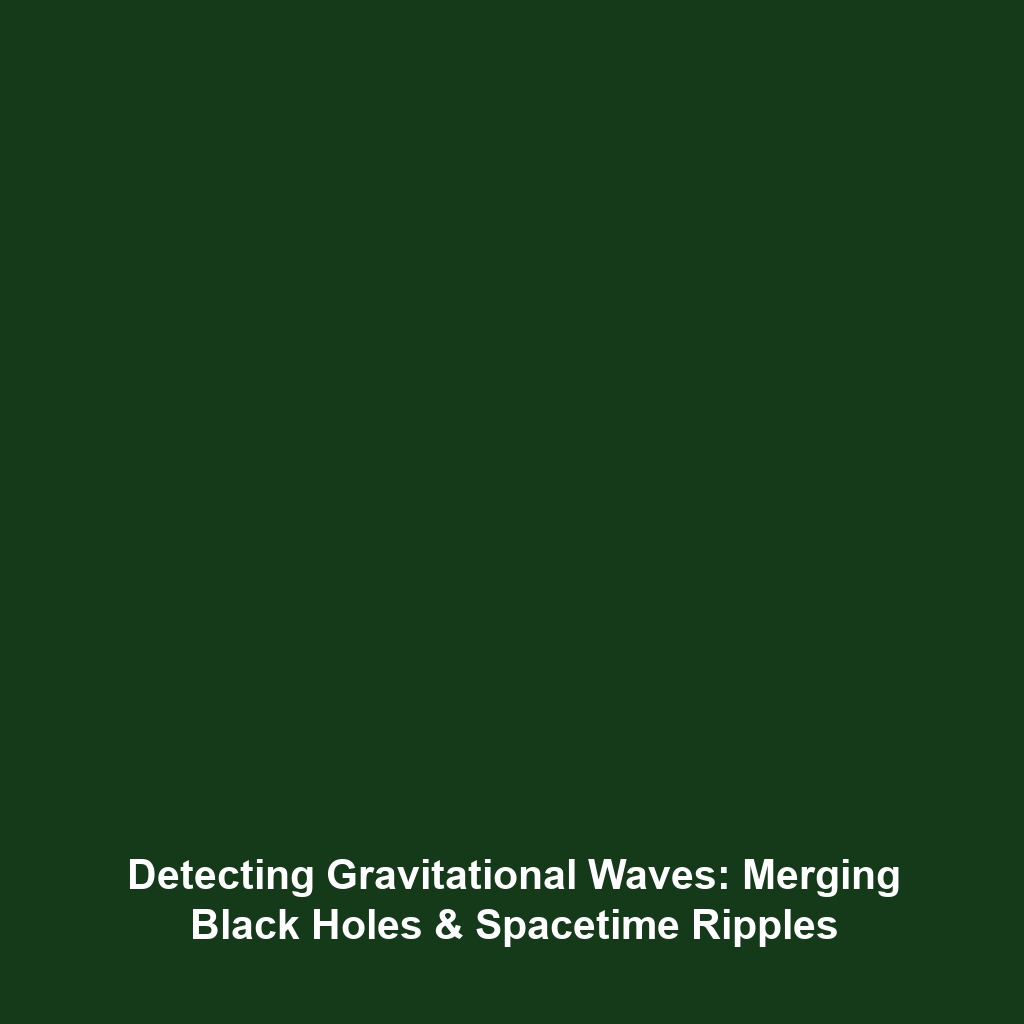“`
Dark Matter’s Role in the Formation of Galaxies and Clusters
Category: Dark Matter & Dark Energy
Introduction
Dark matter is a mysterious and invisible substance that constitutes approximately 27% of the universe’s total mass-energy content. Its presence is crucial in shaping the universe’s structure, particularly in the formation of galaxies and galaxy clusters. This article explores the significant role of dark matter in these processes, emphasizing its connection within the broader categories of dark matter and dark energy. Understanding dark matter’s influence not only enhances our knowledge of cosmic evolution but also paves the way for future astronomical discoveries.
Key Concepts
The Nature of Dark Matter
Dark matter does not emit, absorb, or reflect light, making it undetectable directly with current instruments. Its existence is inferred from gravitational effects on visible matter, including the rotation curves of galaxies and gravitational lensing around massive galaxy clusters.
Formation of Galaxies
The current understanding is that dark matter acts as a framework within which normal matter accumulates. During the early universe, small fluctuations in density led to the gravitational pull of dark matter, attracting baryonic matter and facilitating the formation of the first galaxies.
Galaxy Clusters
Dark matter density generally increases the gravitational binding of galaxies within clusters. This gravitational interaction shapes the large-scale structure of the universe, influencing the distribution and morphology of galaxies across cosmic timescales.
Applications and Real-World Uses
The study of dark matter’s role in galaxy and cluster formation holds several significant applications, particularly in the fields of cosmology and astrophysics:
- Understanding Cosmic Evolution: By analyzing dark matter, scientists can unravel the historical development of the cosmos, offering insights into the early universe.
- Enhancing Cosmological Models: Dark matter research informs and refines existing models of cosmology, aiding in predicting future cosmic events and structures.
- Technological Advancements: Techniques developed to study dark matter may lead to innovations in detection technologies applicable in various scientific fields.
Current Challenges
Despite advancements in the field, several challenges persist in studying dark matter’s role in galaxy and cluster formation:
- Detection Limitations: Current technologies cannot directly detect dark matter, limiting direct observational insights.
- Theoretical Discrepancies: There are ongoing debates regarding the exact nature of dark matter and its particle properties.
- Scale Challenges: Understanding the role of dark matter on cosmological scales poses significant computational and observational difficulties.
Future Research and Innovations
The future of dark matter research is poised for significant innovations:
- Next-Gen Telescopes: The development of advanced telescopes and survey techniques, such as the Euclid satellite, aims to uncover new aspects of dark matter behavior.
- Particle Physics Experiments: Projects like the Large Hadron Collider continue to probe the fundamental particles that could constitute dark matter, further bridging astrophysics and particle physics.
- Numerical Simulations: Enhanced computational models will help simulate galaxy formation processes, improving our understanding of dark matter’s impact on cosmic structures.
Conclusion
Dark matter plays a vital role in the formation and structure of galaxies and clusters, shaping our universe and enhancing our understanding of cosmic dynamics. As research continues, the implications of dark matter extend to various fields, providing promising avenues for exploration and innovation in dark matter and dark energy studies. To learn more about related topics, visit our articles on galaxy formation and dark energy’s impact on the universe.
“`
This article is structured for web publication, featuring relevant SEO keywords and topics related to dark matter’s role in galaxy and cluster formation, while maintaining a formal and informative tone.









